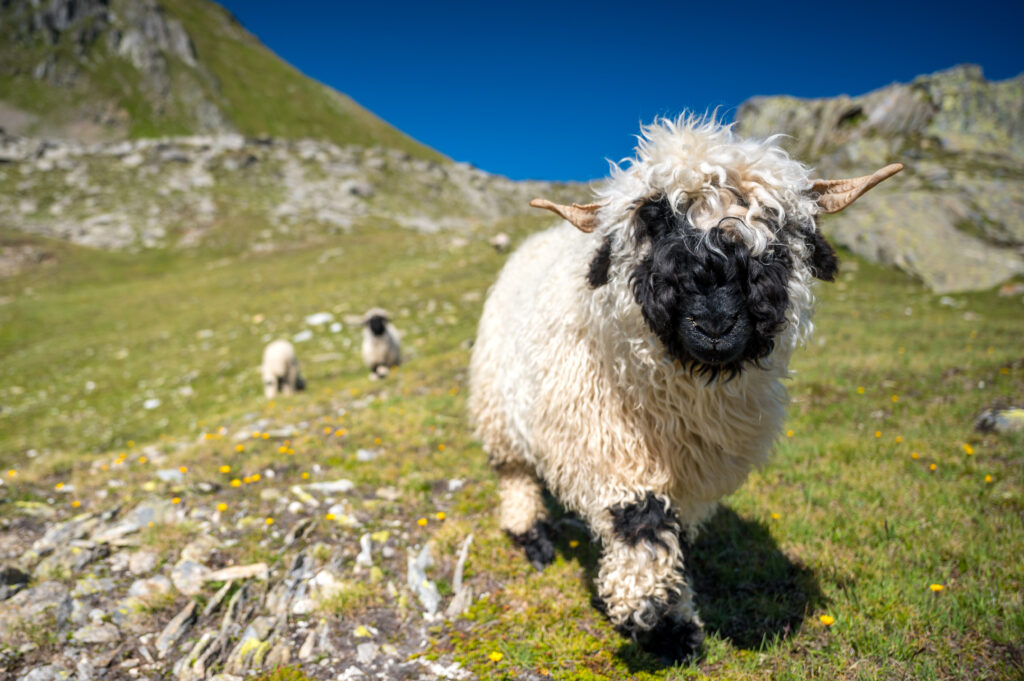How we have already been able to help our clients
The Internet of Animals: Today's Sheep Radio with 0G

Challenge
The HBLFA is looking for GPS tracking options for grazing animals for a two-year practical project called “Pasture GPS”.
One of the most important tasks on the mountain pasture is animal control. Searching for animals on open pastures in the mountains often takes several hours or days. A solution was sought that would make it easier to find the animals
- Lightweight and compact GPS sensors that do not disturb the grazing animal
- Wartungsarme und zuverlässige Sensorik mit langen Batterielaufzeiten
- Network coverage at 85 alpine pastures in the mountains
- Easy to learn and uncomplicated data visualisation software
Solution
In cooperation with Digitanimal and H solutions suitable GPS sensors were qualified.
Sigfox network coverage was checked on each of the 85 alpine pastures and disinfected where necessary.
Benefit
Austrian farmers can improve the productivity of their farm by monitoring the time and places of sheep grazing.
- Alarm function when animals leave predefined areas.
- Optimised pasture planning, as movement patterns can be used to specifically prevent bush encroachment on pasture areas.
- Time savings of several hours, as animals are no longer searched for.

“At first we were worried whether our farmers would even want to be part of the project, but in the end we had such a great demand – it was a complete success!
The farmers looked after their animals much more often because they now knew where they were at all times. We believe that the technology can significantly improve alpine farming in the future.”

